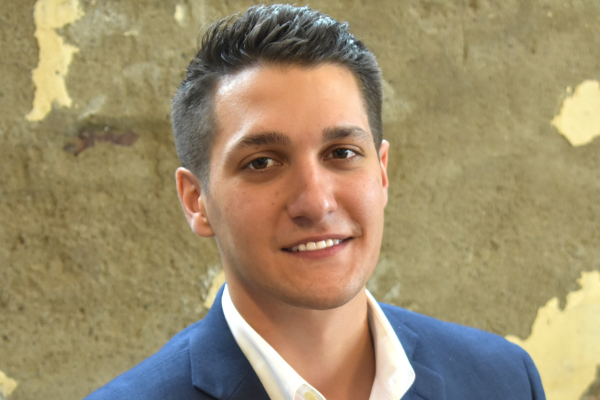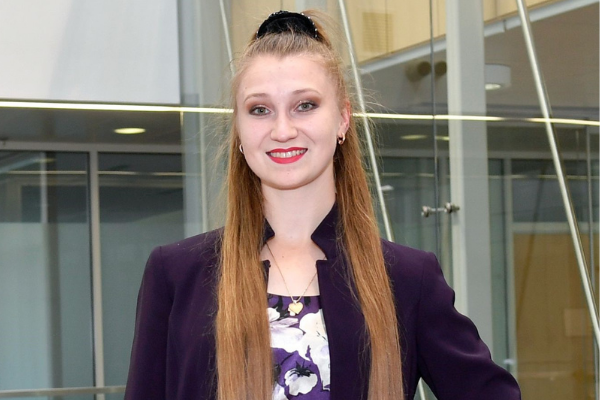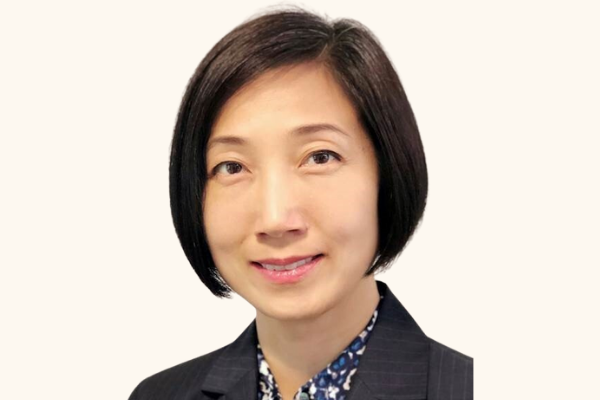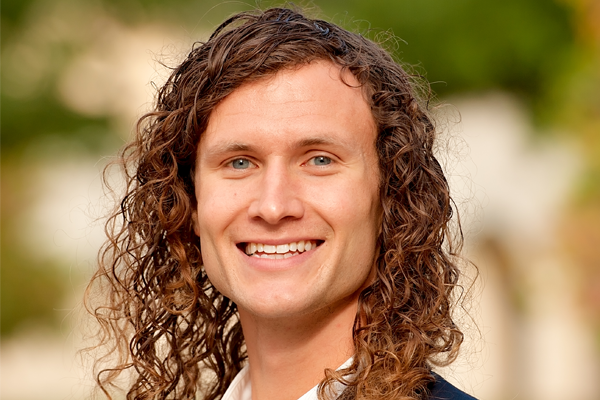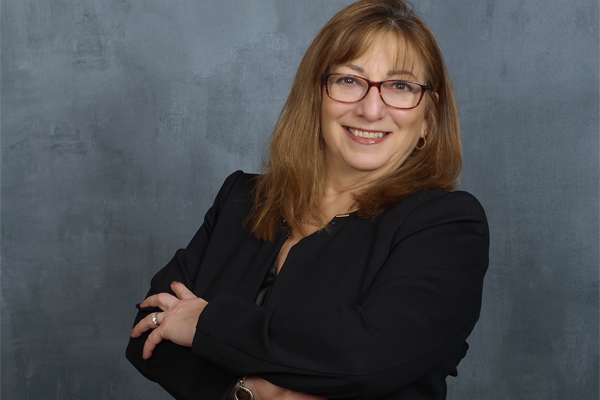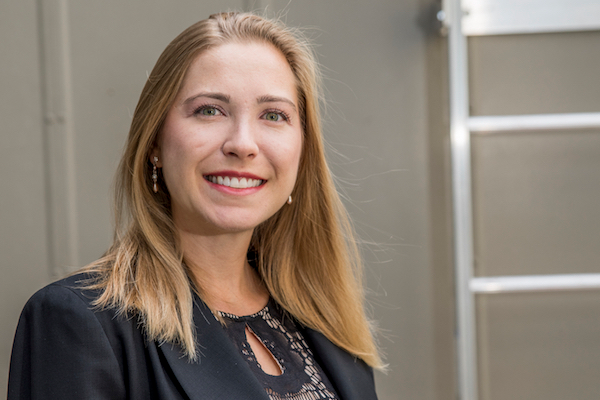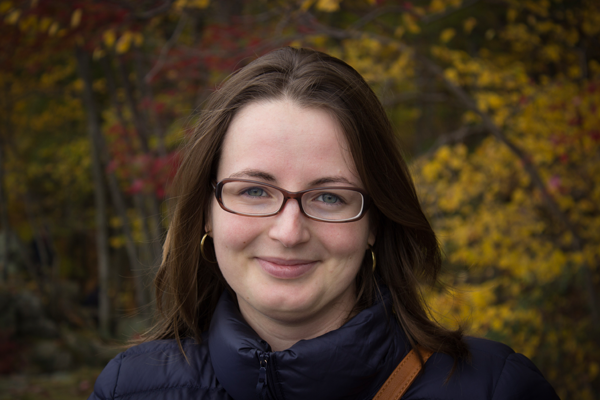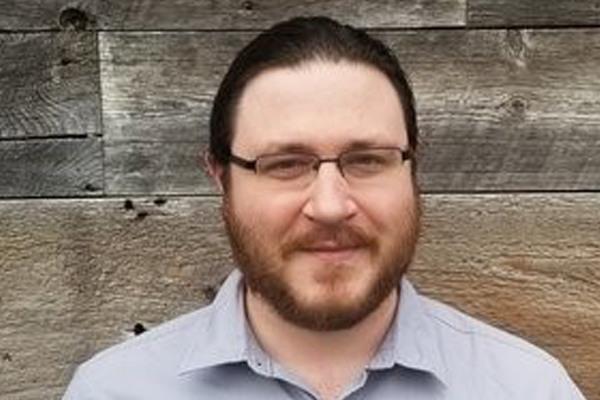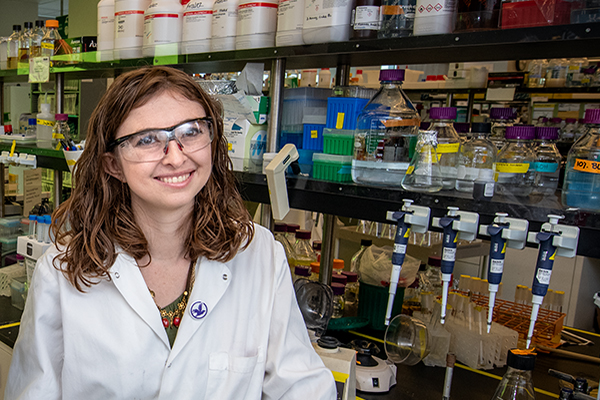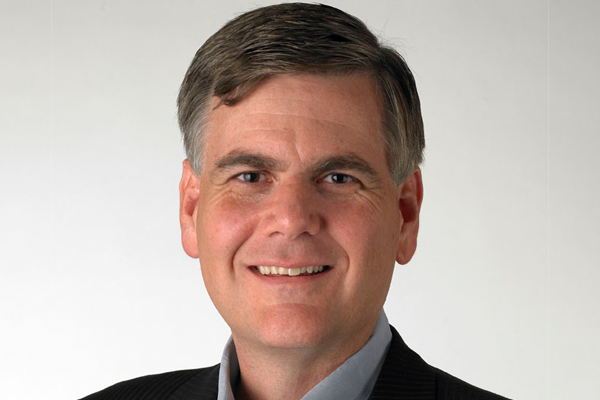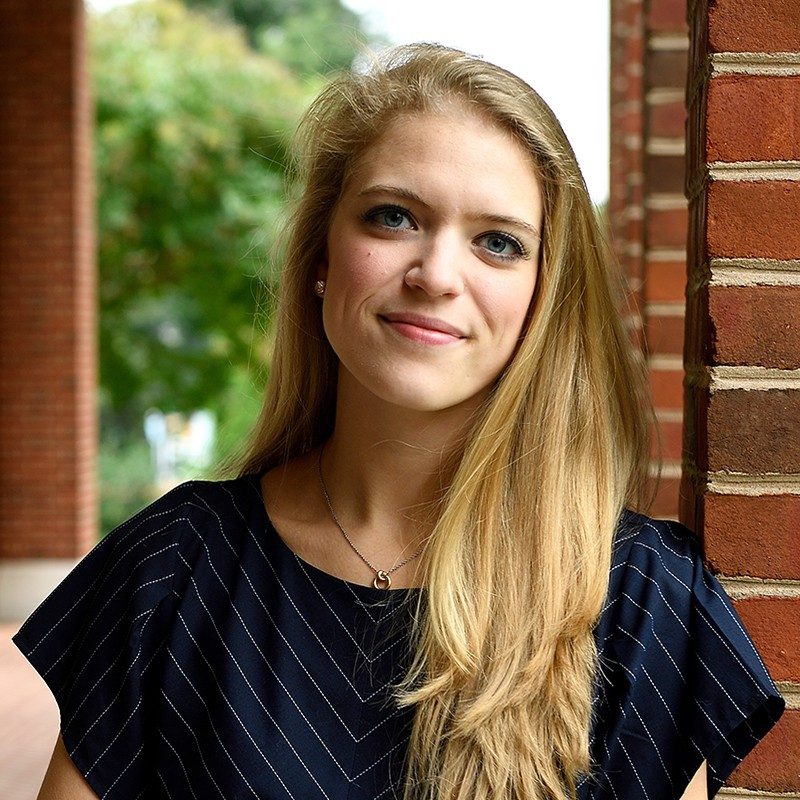
Allysa Dittmar, Co-Founder & President, ClearMask
Allysa Dittmar is a public health professional specializing in healthcare accessibility and public policy. Allysa has set up non-profits and private companies in the pursuit of achieving equitable and accessible healthcare. In 2017, after Allysa’s own personal surgery experience, she co-founded ClearMask LLC as the company’s President to develop a fully transparent surgical mask to improve accessibility and care for different populations.
Allysa was named to Forbes 30 Under 30 2021 for ClearMask’s work. Allysa graduated from the Johns Hopkins University as the first Deaf graduate to earn her B.A., summa cum laude. She earned her master’s degree in public health at the Johns Hopkins Bloomberg School of Public Health with a focus in deaf health disparities.
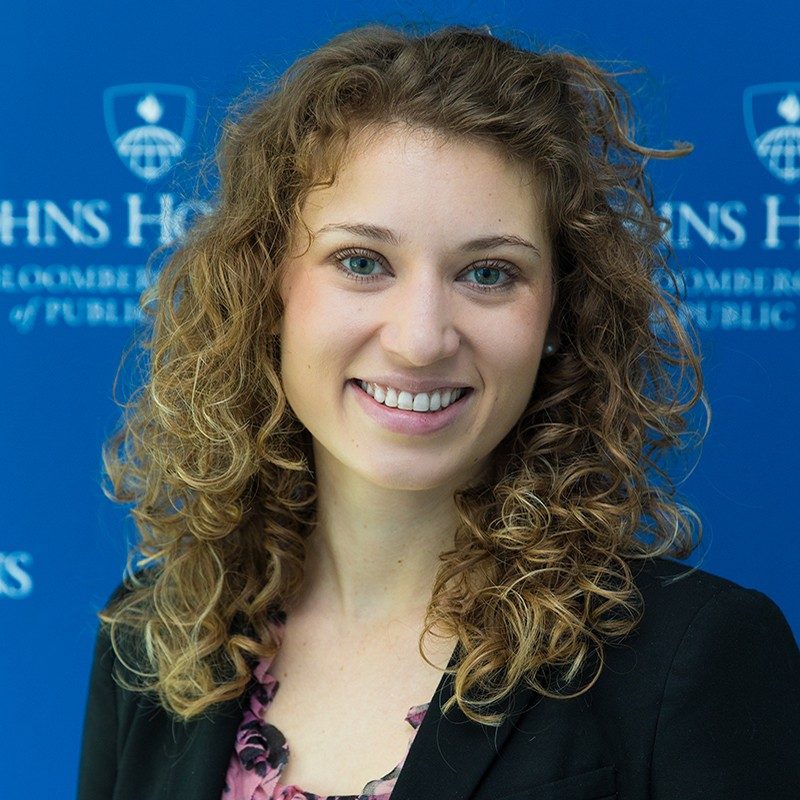
Elyse Heob, Co-Founder & COO, ClearMask
Elyse Heob is excited about commercializing health technology to bridge health disparities. She is a Co-Founder and COO at ClearMask, the first company to develop an FDA-cleared transparent surgical mask and sell millions of masks internationally. Previously, she managed a corporate wellness startup called My Healthy Toolkit, and created virtual and augmented reality experiences for the healthcare space at consulting firm Booz Allen Hamilton. Elyse earned her MBA and MPH degrees from Johns Hopkins University and began her health career at the Centers for Disease Control and Prevention (CDC).
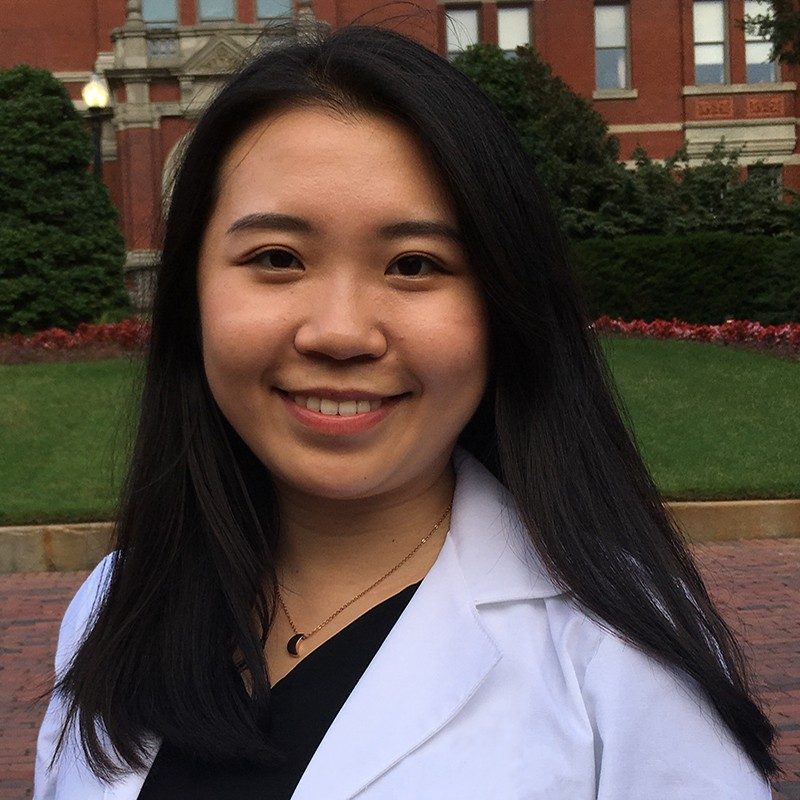
Inez Lam, Co-Founder & CTO, ClearMask
Inez Lam is a biomedical engineer, and Co-Founder and CTO at ClearMask, where she leads the company’s efforts in engineering, product development, regulatory/quality management, and logistics. Along with the rest of the team, she was recently named to the Forbes 30 Under 30 2021 List for ClearMask’s achievements in helping create and distribute millions of transparent masks to those who need them.
She received her B.S. in Biomedical Engineering from Johns Hopkins University, and has worked on medical devices throughout the bioengineering design process, from conception to creation. Outside of her work at ClearMask, Inez is pursuing her PhD in Biomedical Engineering at Johns Hopkins as the inaugural Johns Hopkins-AstraZeneca Scholar.
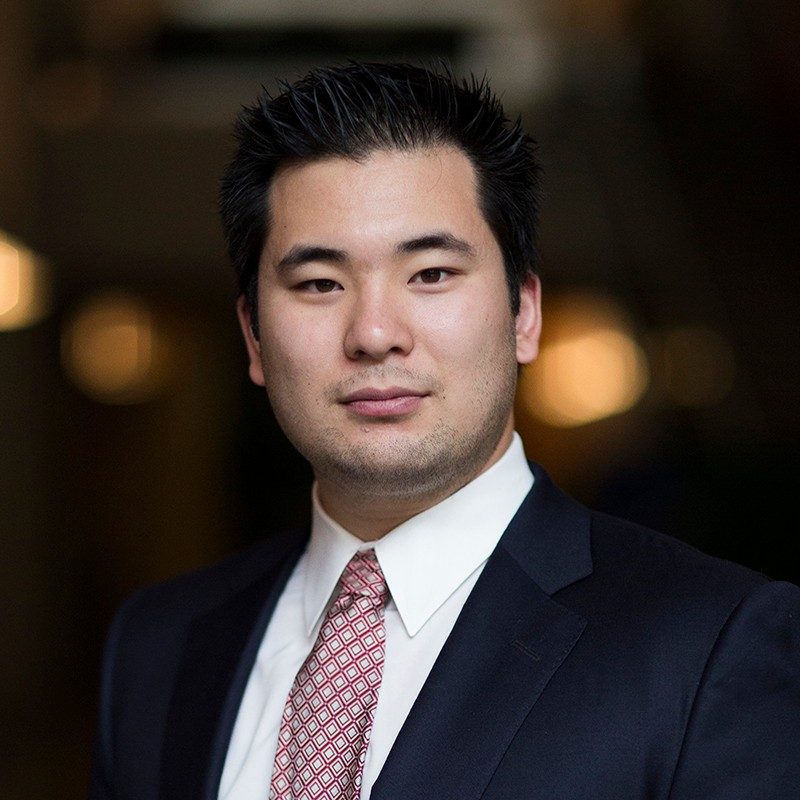
Aaron Hsu, Co-Founder & CEO, ClearMask
Aaron Hsu specializes in bridging the gap between science/technology, and impact. His first job at the Johns Hopkins School of Medicine presented the opportunity to work with a myriad of medical devices that ranged from proof of concepts being developed from basic science research, to startup prototypes in early testing, to novel products developed at large medtech companies.
Aaron’s passion for translating science to impactful outcomes can also be seen in the clinical trials and original research articles published, with many focusing on evidence-based solutions to the opioid epidemic. As ClearMask’s Co-Founder and CEO, Aaron has the incredible honor of working with an exceptional team to bring clarity, comfort, and connection to a mask-wearing world.
Like millions of Americans, 23-year-old Allysa Dittmar was born deaf but uses American Sign Language, facial expressions and lip-reading to communicate with those around her. In 2015, Dittmar was scheduled for surgery but her interpreter didn’t show up due to an administrative scheduling error, leaving her unable to communicate with doctors wearing surgical masks. She shared the “dehumanizing” experience with three Johns Hopkins classmates (Aaron Hsu, Inez Lam, and Elyse Heob), and in 2017 the four teamed up to create the first-ever fully transparent surgical mask as a class project.
The four continued working on the idea even after the class ended, and they eventually formed a company to design the ClearMaskTM, a transparent, anti-fogging ASTM Level 3 mask. Level 3 is the highest ASTM level for masks that can block aerosols, fluids, and sprays but do not seal around the face the way N95 respirators do. They applied for FDA clearance in 2019 (think pre-COVID) and received approval in April 2020. Of course, that’s just when COVID-19 was gaining traction nationwide, and demand for masks spiked. The team expedited production of its surgical mask and also introduced a non-medical ClearMaskTM for use by consumers.
Sales have been brisk, with around 12.9 million masks sold in 2020. Unique visitors to www.theClearMask.com rose from 6,000 in 2019 to more than 2.2 million in 2020, generating an annual sales revenue of around $40 million. The ClearMaskTM brand is now used at hospitals and schools throughout the U.S. and worldwide.
Employees at Apple and other Fortune 500 companies and at state, local, national, and international governments also use the masks. The original team of four has grown to over 250, with Dittmar (President), Hsu (CEO), Lam (CTO), and Heob (COO) still owning 100% of the company. The Co-Founders have each been widely recognized for bringing an in-demand product to market at just the right moment, recently making Forbes’ 30 Under 30 list.
Allysa, the four of you were in your early 20s when you teamed up. What makes this team click and stay together?
Finding the right people with the same drive and principles with complementary skills is so critical. The four of us had that, and it is what made us click so well. We were more than willing to meet in school conference rooms every Friday night and work all weekend, and we were constantly looking for opportunities to become efficient and better serve our customers.
Allysa, what would you say were the biggest challenges?
Every start-up often faces doubters, those who don’t believe in the idea or quite understand why the product is needed. We definitely had our fair share in the beginning when we first proposed the idea. Many also seemed not to fully grasp how a transparent mask can benefit so many different populations. We joined a National Science Foundation-sponsored customer discovery program in 2018, where we interviewed hundreds of stakeholders and helped us validate the product need. Customer discovery really helped to ensure that our idea was worthwhile and would have an impact.
When the pandemic started and mask wearing became universal, we experienced the complete opposite reaction - so many people immediately understood the importance of being able to see facial expressions and clear visual communication, and there was often surprise at why the idea was never thought of before. A transparent mask became a no-brainer.
Aaron, we understand the company had no revenue before receiving FDA clearance in April 2020. What funding sources were used to support initial design/testing and sales/marketing efforts?
In 2018, we focused most of our time on fundraising and building a solid foundation for the business through accelerators and winning pitch competitions. We were often in multiple accelerators at the same time, working on every aspect of the business.
A total of $125K was won for our startup capital. We placed first in three competitions ($25K at the Social Innovation Lab at Johns Hopkins University, $15K at the Village Capital Competition at Gallaudet University, $30K at Salisbury University) among numerous successes in other programs. We also tapped into available resources, such as the National Science Foundation Innovation Corps Cohort ($25K) to pursue customer discovery and product validation.
Inez, how did ClearMask avoid the materials shortages and supply chain bottlenecks seen with other masks during the early stages of the pandemic?
When the pandemic first started, many companies experienced significant backorders or limitations in manufacturing due to the high demand, while our company was able to adapt and continue high production via a novel supply chain.
When widespread shortages of N95 masks and other critical PPE occurred due to limited polypropylene fiber used to create masks, we were able to avoid the bottleneck in the supply chain since our masks were not made of polypropylene fiber. Such a novel and safe alternative supply chain was groundbreaking, in which we were able to help supply states’ emergency PPE stockpiles while not disrupting the existing mask supply chain.
Aaron, what advice would you offer undergrad or grad students who think they have a marketable healthcare-business idea?
Network is key. Our networks and mentors gained from the accelerators and programs we participated in helped make our company a success, in addition to our unique and hardworking team. TEDCO among others helped connect us with critical partners, including our current manufacturing partner, Xometry.
Additionally, the most important first step is to conduct customer discovery - to ask hundreds of people questions to make sure that your product/service solves a real problem in a way that customers would want.
Allysa, helping people worldwide who are functionally deaf, and those who are caring for them, must be very gratifying. Can you share a personal moment that made you realize the impact you’ve made?
It was when I started seeing our masks pop up on a daily basis, unexpectedly, wherever I went! I saw basketball coaches wearing the masks on TV, interpreters and speakers wearing the masks during broadcasts, my own healthcare providers wearing the masks for appointments, and countless people from different backgrounds wearing the masks for different needs - from childcare centers to Boeing and NASA. A powerful testament to the ClearMaskTM reflecting universal design.
This article has been edited for length and clarity. The opinions expressed in this article are the author's own and do not necessarily reflect the view of their employer or the American Chemical Society.
Copyright 2021 American Chemical Society (All Rights Reserved)

